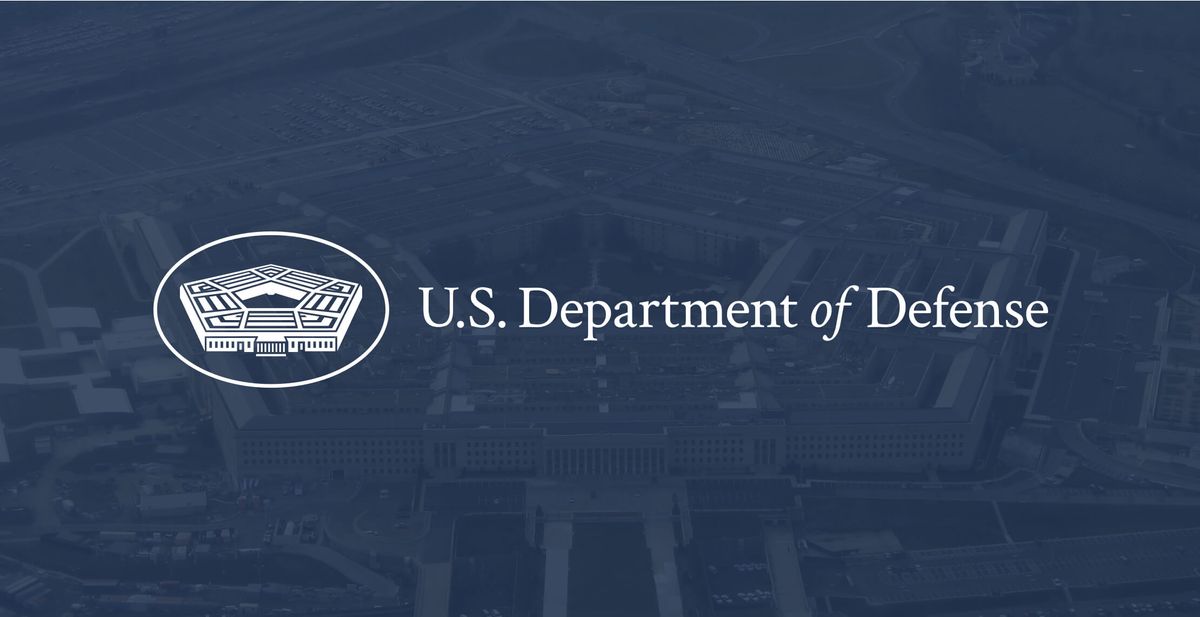
The US Department of Defense (DoD) announced today the establishment of a new task force focused on studying and guiding the responsible adoption of generative AI technologies like large language models.
The Generative AI and LLM Task Force, nicknamed Task Force Lima, will be under the purview of the Pentagon's Chief Digital and Artificial Intelligence Office (CDAO). Its mission is to "focus the Department's exploration and responsible fielding of generative AI capabilities."
This comes as the DoD has ramped up investment in AI technologies overall. As of early 2021, at least 685 AI projects, including several tied to major weapons systems, were underway. The department has requested $1.8 billion for artificial intelligence in its fiscal 2024 budget.
Generative AI tools like large language models (LLMs) from companies like Google, Anthropic, OpenAI, and others have seen rapid advances and adoption recently. They can generate coherent text, code, imagery, and more at levels approaching human capabilities.
However, these powerful models also introduce new risks around misuse and unintended consequences. Task Force Lima is set to oversee the DoD's exploration and responsible application of generative AI capabilities, including LLMs. This task force will provide guidance, develop evaluations, offer recommendations, and monitor the rollout of such technologies across the DoD. Their focus will be on ensuring responsible and secure deployment of generative AI technologies.
"These capabilities unlock new opportunities, just as they pose significant new risks. The DoD faces an imperative to explore the use of this technology and the potential of these models' scale, speed, and interactive capabilities to improve the Department's mission effectiveness while simultaneously identifying proper protection measures and mitigating a variety of related risks."
Dr. Craig Martell, head of the CDAO will head Task Force Lima and will be supported by other key offices, including the Under Secretary of Defense for Policy, Research and Engineering, Acquisition and Sustainment, Intelligence and Security, and the DoD Chief Information Officer.
Among the many responsibilities outlined, the Task Force aims to:
- Accelerate innovation in generative AI.
- Build a community of practice within DoD for faster innovation and implementation.
- Establish guidelines for responsible implementation and use of generative AI technologies.
- Collaborate with interagency, international, educational, civil society, and industry partners for responsible AI development.
The task force will further provide an array of deliverables. This includes creating a mechanism to connect DoD users with Task Force Lima experts for questions about LLMs and generative AI. They also intend to roll out public affairs guidance, international and interagency engagement plans, and an inventory of current/planned LLM and generative AI efforts across the DoD by the first quarter of FY24.
Task Force Lima will comprise data leads from the Office of the Secretary of Defense and DoD Components, with participation from the Intelligence Community and other interagency partners. Furthermore, specialized working groups might be formed to delve deeper into specific mission areas.
The creation of Task Force Lima shows the Pentagon's intent to lean into cutting-edge AI capabilities even as concerns mount about how such tools should be responsibly governed. Striking the right balance will be crucial as the Defense Department aims to maintain its technological edge.

